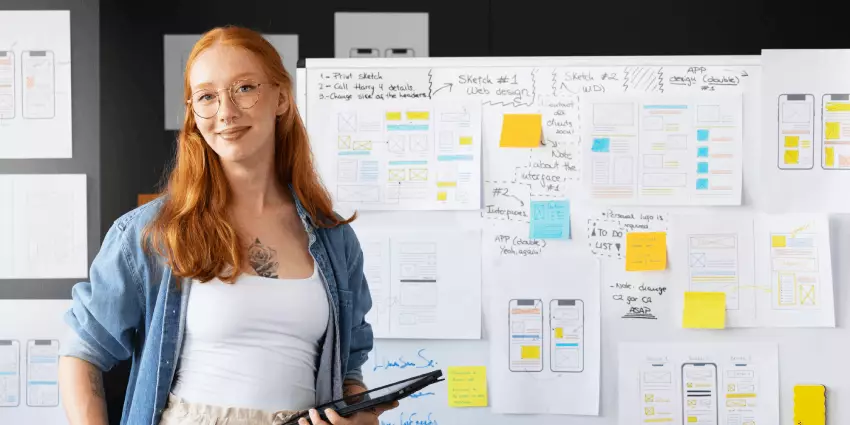Attention to detail is the key to success.
“I want the same!”
Very often, this phrase is heard by a developer when contacting clients who want to develop a business through their own web resource.
At first glance, it may seem that creating a similar site is not so difficult. But there are a number of nuances that can negatively affect the site development process, and also require detailed explanation. And now we will dwell on them in more detail. For simplicity, let us give an analogy, for example, with the construction of a building.
So, today the construction of any building is impossible without two things – design and project, which are clearly interconnected. The design gives the building a unique and aesthetic, makes it possible to visually evaluate its appearance. The project describes and calculates technological and engineering ideas for the normal functioning of the building under construction. Also, the project does not provide an opportunity to evaluate it visually after the completion of construction, but the construction itself is impossible without a project.
In the construction of real estate objects, this order of things does not raise questions, and everything is very clear to the average layman.
If we talk about design and project in site building, then design is what the created resource looks like, and the project is the terms of reference in accordance with which it is necessary to develop the site. Serious construction will not begin until the project is fully completed and a phased plan has been developed for its implementation.
The same is true when creating a website. A clear technical task and a site prototype allow, first of all, to agree on all the details of the project and clearly understand what we will get at the end.
Many clients, in most cases, are far from the realities of website development. In their understanding, the “optimal project” is a link to a similar site that visually ALREADY meets the customer’s expectations. This delusion, at the stage of creating a site, entails many negative aspects that greatly complicate the work of the developer, and also distort the final result.
As practice shows, a visually similar resource can only narrow the variety of forms and functionality of the future site. To achieve the desired result, it is necessary to draw up a detailed technical specification.
Before starting development, it is necessary to create the structure of the future site. There are many services available to help with this. We, as a rule, draw a mind-map for these purposes. When choosing a service, we settled on coggle.it , which is simple and easy to use.
This is how, for example, the structure of a turnkey online store looks like:
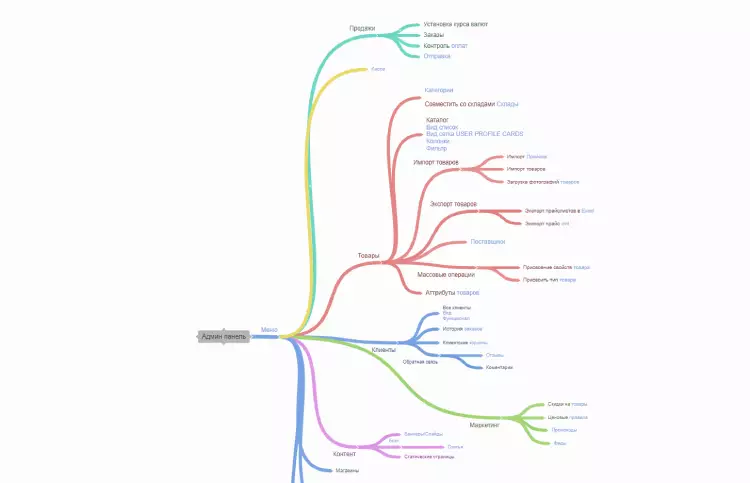
The next step is to create a website prototype. Further design will be developed according to the prototype. The most convenient for our choice are Figma and Draftium.com .
The interface for prototyping a site in Figma looks like this:
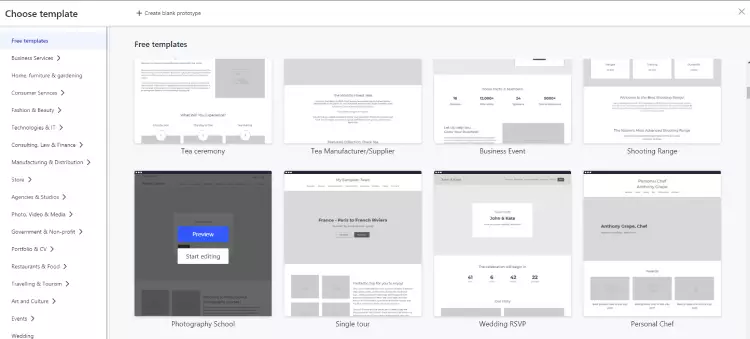
Several designers can work on a design at the same time:
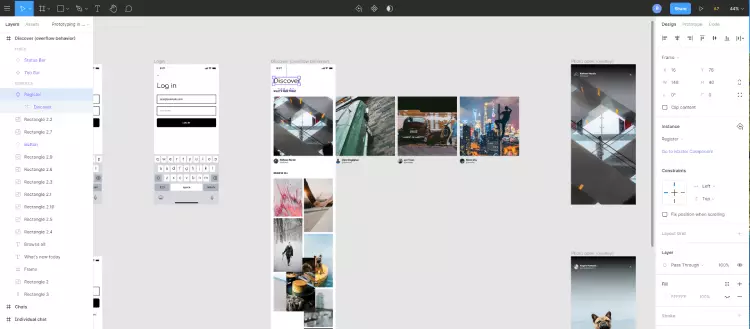
Draftium has extensive prototyping functionality. It also contains ready-made blanks for sites of various subjects:
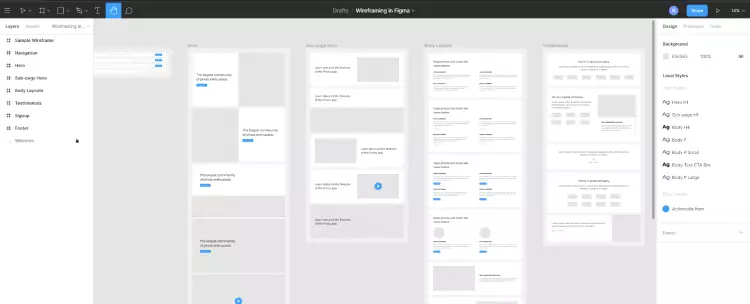
The path of creating a site should begin with the formation of a structure and a prototype. Always remember this and then the process will be fast and productive!
